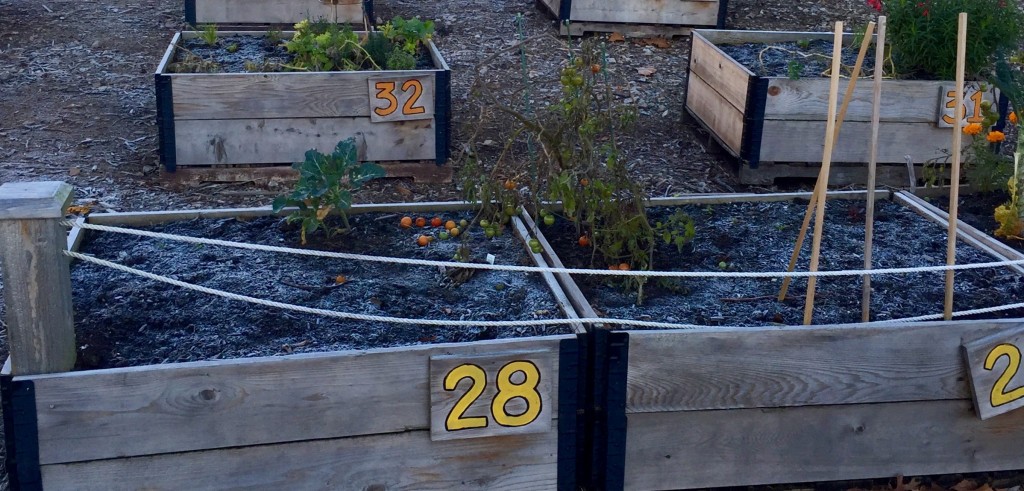
Does your garden look like this in the winter?
Managing an urban garden in climates that experience cold autumns/winters is a challenge. Carefully selecting which crops to plant will be instrumental in the longevity of your community garden project. Our Foundation released an article on which plants suit temperate conditions, while today we focus on those that can tolerate the frosty cold.
Five Cold Weather Crops that You Can Maintain in Your Community Garden
1. Kale
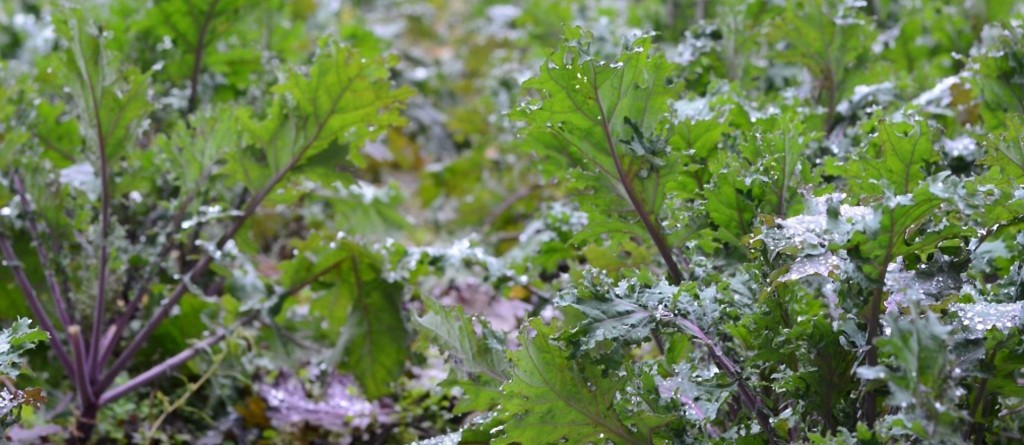
This iron-rich super-vegetable is exclusively a cold weather crop. The quality of kale quickly drops in warm weather, so not only is it tolerant of the cold, it requires it. Kale can even grow in below freezing temperatures up to -20°C and can be harvested while under snow cover. Kale should be planted early in regions where warm weather arrives earlier than it does in other provinces. It is optimal to plant kale as a fall crop (mid-July planting) so that it is given the opportunity to mature in cold weather. Kale responds well in a fertile soil composed of sand, clay, and humus enriched by organic matter. The plant also benefits from nitrogen so be sure to prepare the soil by mixing in manure-enriched leaf compost and peat moss. Kale should be planted in a garden area that is exposed to equal amounts of sun and shade. Your kale bed should be mulched with grass, straw, and compost to keep its soil cool and to conserve optimal moisture. When it comes to harvesting, remember that kale is at its best (most nutritious and flavorful) when allowed to mature in the frost, which converts its starch into natural sugar.
2. Collards
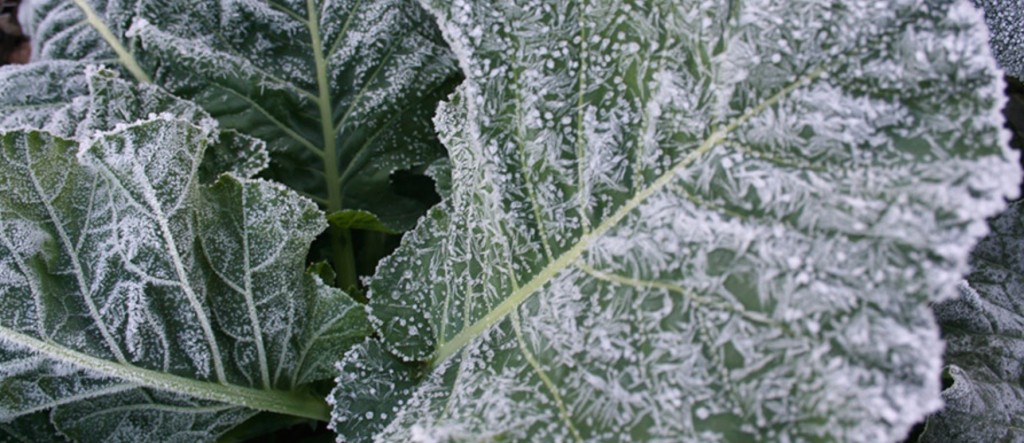
Collards (or collard greens) are a cousin to kale, if not a sibling, and can also thrive in cold weather. However, this Vitamin-A and C rich crop also grows in the heat, making it a true all-season survivor. Regardless, plant your collard greens with cold weather maturity in mind so that your garden remains a lush green (via a kale/collards combo!) in the winter. Soil preparation, planting, growing, and harvesting for collards is nearly identical to kale, but these greens prefer more sun exposure, so pick your plot accordingly.
3. Carrots
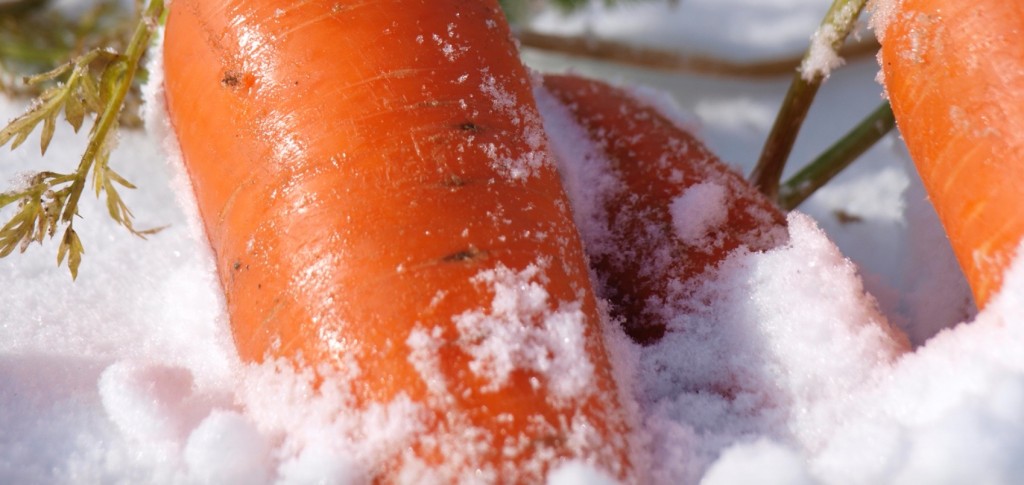
This Vitamin-A packed vegetable loves the cold (even in the -10 °C zone) because it stimulates the natural sugars that make it so very tasty and popular with kids. That very same sugar production acts as a natural defense and protects the carrots’ roots from freezing temperatures. Plant your carrot crop in the back half of summer, which allows them to grow through the autumn and become ready for harvesting in the winter. Select a space in your garden with maximum sun exposure and use a tilled sandy soil with a neutral pH. If your winter is especially cold, mulch carrots with a layer of leaves and straw, which will make harvesting after significant frost (required for proper maturity) easier.
4. Turnips
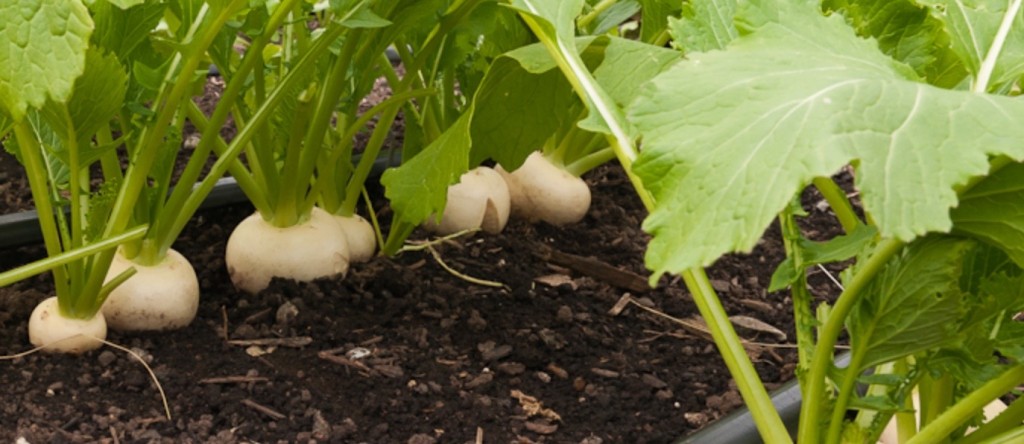
While not as tough as carrots, this Vitamin-C laden root vegetable can endure a light frost and like carrots their sugar production in winter adds flavor and a layer of protection. Because they are not as “thick skinned” they require more thought, including maximum sun exposure, to make it through a cold winter. Soil for this crop should be loamy (sand, clay, and humus enriched by organic matter) with a neutral to acidic pH, tilled, and mixed in a 2 to 4-inch layer of compost. Mulch heavily with leaves and straw to add a layer of protection.
5. Leeks
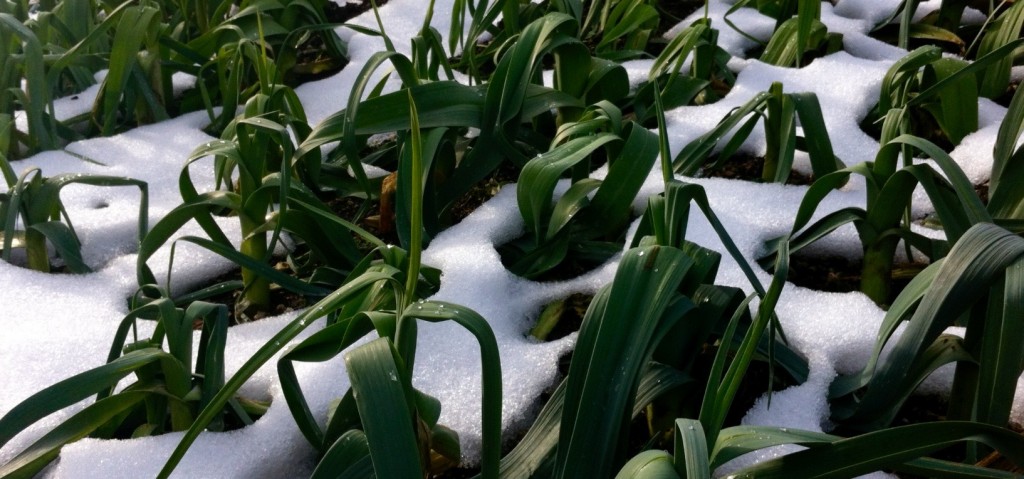
Leeks are another winning crop in winter. This Vitamin-A and C cousin to onion and garlic can withstand the toughest frostbite. Leeks also pay no mind to the minimal daylight of winter yet it is best to allow maximum sun exposure when selecting your plot. When choosing a variety, consider darker (bluish green) varieties which are tolerant of temperatures dropping down to -18 °C. Soil should be well-drained, acidic and nutrient-rich, while mulching should be done heavily with straw when harvesting in the thick of winter.
Published: December 10/2015








